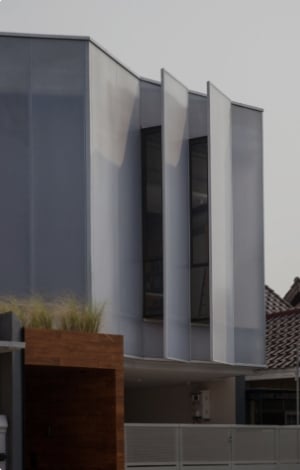Quezon City: Setting up an infrastructure of sustainability



A planned city that was the former national capital, the Quezon City government positions itself as a leader in climate change mitigation and sustainable development. The city is a member of the C40 Cities Network,2 a global alliance of mayors from 97 cities taking and leading action on climate change, which is funded by the German Federal Ministry for Economic Cooperation and Development, the Government of the United Kingdom, the Children’s Investment Fund Foundation, and the United States Agency for International Development. The municipality’s ‘Green procurement’ programme, in particular, has gained worldwide support and recognition for its promotion of sustainable living on the local administrative level.



What is behind the local and global talk of sustainable urban development in Quezon City, and what results is it getting on the ground? FuturArc interviewed sustainable governance academic Dennis Blanco, as well as Quezon City environmental and waste management chief Andrea Villaroman to find out.
THE POLITICAL MACHINERY: PRESIDENTIAL BACKING, PARTICIPATORY GOVERNANCE, AN EDUCATED POPULATION
Dennis Blanco, Associate Professor of Political Science at the University of the Philippines in Quezon City, lives a little outside of the city. He began our call by noting gratefully that he was “not directly affected” by Typhoon Muifa, which has brought heavy rain throughout southern and eastern Asia.12 Quezon City government documents note that the tropical region’s meteorological monsoon season has been growing more intense since at least 2009,13 a phenomenon caused by global warming, which is changing climates everywhere, placing the city’s built environment and social fabric at risk.


For Andrea Villaroman, Officer-in-Charge of the Quezon City Environmental Protection and Waste Management Department, the growing intensity of climate change effects has left no doubt in the minds of most Quezon City citizens that changes in lifestyle and the built environment are essential.
“Before,” Villaroman said, “people would say, oh, it’s just a regular typhoon.”
“Now they are definitely saying, this is not normal; it is caused by climate change.” At least in terms of talk, Quezon City has long positioned itself as a leader on environmental matters, particularly waste management, having successfully passed a ban on plastic bags in 2012, for example.
It seems the rest of the country is catching up. President Ferdinand Marcos Jr promised in his first speech to the nation, following his election in May 2022, that sustainability would be a priority for his government.14 The Philippines has established a Sustainable Development Commission, explained Blanco, with the responsibility for carrying out sustainability plans cascaded down to local governments.

For Blanco, success of the plans for sustainability rests on participatory governance being in place across the local governments, a structure in which “people can ventilate their views, ideas and priorities for sustainable development”. He noted that in Quezon City, the government’s sustainable development council has 150 members with representation from the private and non-profit sectors to advise the city government. Participatory governance “has become a trend in the Philippines”, Blanco commented, coinciding with environmental sustainability becoming a high priority at the local levels, including in the smallest districts, which are known as barangays or barrios.
This is also a requirement across the country due to the terms of the United Nations Development Programme (UNDP), within which sustainable development is a key plank, and which compels the country to take particular policy action on climate change.









 Indonesia
Indonesia
 Australia
Australia
 New Zealand
New Zealand
 Philippines
Philippines
 Hongkong
Hongkong
 Malaysia
Malaysia







